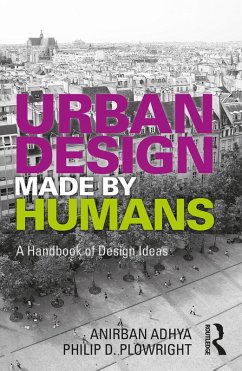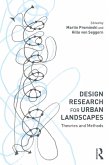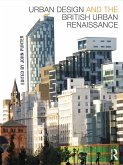Urban Design Made by Humans is a reference and companion book for introducing people to the foundational concepts used in urban design. It presents fundamental ideas that have developed through humans engaging our world and each other.
Dieser Download kann aus rechtlichen Gründen nur mit Rechnungsadresse in A, B, BG, CY, CZ, D, DK, EW, E, FIN, F, GR, HR, H, IRL, I, LT, L, LR, M, NL, PL, P, R, S, SLO, SK ausgeliefert werden.









